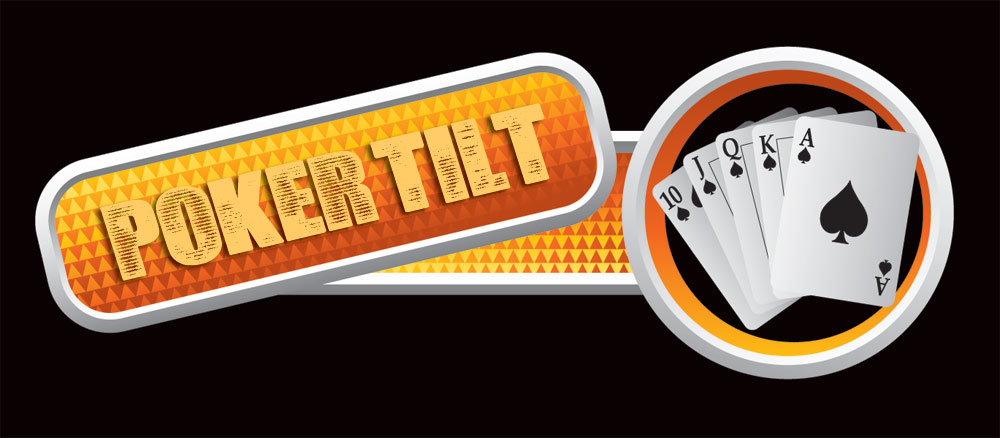Those of us who have ever played pinball are aware of the significance tilt. In this instance, tilt is caused when the machine is physically shaken. This action violates the rules of the game and as a result, the player will have to contribute additional funds in order to advance. It is interesting to note that “tilt” can also occur in the world of competitive poker. In order to appreciate how to avoid this situation, it is first important to understand how it is related to power.

What is Poker Tilt?
Poker tilt is essentially defined as a situation when emotional responses supersede logical thinking and strategic planning. It can be caused by a number of reasons. Some of the most prevalent include:
- Losing multiple hands (bad beats).
- Succumbing to a string of “bad luck” or bad cards.
- Becoming distracted or annoyed.
- Enabling another player to anger us to the point when our game is negatively affected.
In other words, poker tilt is more or less a disproportionately severe emotional response to the actions occurring within a game. This is also the very same reason why psychology is an integral part of any match. It is still interesting to note that tilt does not necessarily have to be caused by situations taking place within a competition. Many experts cite that external factors can play a significant role. Let’s take a closer look.
External Variables Leading to Poker Tilt
There can be many times when outside distractions will lead to an ill-advised game. A handful of instances can include (but are not limited to) a lack of sleep, an excessive consumption of caffeine, drugs, the effects of alcohol or simple emotional stress. Any of these variables can cause us to make poor decisions. Unfortunately, this can lead to a runaway reaction. If a bad choice is made, it will increase our stress levels even further. Our sense of objectivity decreases and as a result, poor decisions tend to follow. This could ultimately lead to what is called “berserker tilt”; a poker-induced meltdown.
Tilt Control in Poker: The Basics
Now that we have a fundamental understanding of tilt, how can we avoid such a situation from the very beginning? As you may have guessed, psychology plays a critical role. The first method will require a fair amount of intuition and honesty. We need to ask ourselves what would trigger an emotional response during a game. What is the worst-case scenario that we can imagine and how will it impact our playing strategy? How much can we afford to lose before descending into a state of emotional chaos? The answers to these questions will help us to sidestep poker tilt before it begins to overtake our mindset.
Keeping Strategy in Mind
Tilt control in poker also involves becoming keenly aware of what strategy you intend to embrace. Playing a strategy-based game will decrease the chances that emotions suddenly overtake you. This arises from the fact that you are approaching the match with a decidedly pragmatic point of view. It is also crucial to point out that changing your strategy when emotions begin to surface (such as lowering betting limits) is a great way to mitigate the impact that a loss may have upon your judgement.
Being Realistic with Probabilities
One of the bad habits which plagues many players is that they tend to be overly optimistic in relation to the chances of “striking it rich” with a single hand. If a loss occurs, they will be immediately taken aback. This is why being completely transparent with probabilities is essential. Fewer unwelcome surprises directly equates to better overall emotional control when the going gets tough.
Tilt Control in Poker and the Correct Approach
The best way to avoid poker tilt is to embrace the proper emotional perspective before the game ever begins. This involves developing the correct habits in advance. For example, never play if you feel tired, distracted or otherwise stressed. Avoid wagering funds that you cannot afford to lose. Do not chat with players if this habit will cause you to expose what you may be holding. Above all, simply get up and take a five-minute break if you feel that your emotions are beginning to wear thin.
Poker tilt is a human response to a negative situation and yet, this type of knee-jerk reaction can be avoided if you recognise its symptoms from the very beginning.
